Scientific Notation Calculations Worksheet
Are you a high school or college student struggling with scientific notation calculations? Look no further! This blog post is here to help you master this subject through a comprehensive scientific notation calculations worksheet. Whether you need some extra practice or want to solidify your understanding, this worksheet is designed to provide you with the necessary exercises to hone your skills in this challenging area of math.
Table of Images 👆
More Other Worksheets
Kindergarten Worksheet My RoomSpanish Verb Worksheets
Cooking Vocabulary Worksheet
DNA Code Worksheet
Meiosis Worksheet Answer Key
Art Handouts and Worksheets
7 Elements of Art Worksheets
All Amendment Worksheet
Symmetry Art Worksheets
Daily Meal Planning Worksheet
What is scientific notation?
Scientific notation is a way of writing very large or very small numbers by using powers of 10. It simplifies the representation of numbers by expressing them as a coefficient multiplied by 10 raised to an exponent, making it easier to work with and understand such numbers in scientific and engineering calculations.
How do you convert a number from standard form to scientific notation?
To convert a number from standard form to scientific notation, move the decimal point in the original number to the position where there is only one non-zero digit to the left of the decimal. Count the number of places you moved the decimal point, and this number becomes the exponent of 10 in scientific notation. If you moved the decimal to the left, the exponent is positive, and if you moved it to the right, the exponent is negative. Finally, multiply the new number (between 1 and 10) by 10 raised to the appropriate exponent to obtain the number in scientific notation.
How do you convert a number from scientific notation to standard form?
To convert a number from scientific notation to standard form, you need to multiply the decimal part of the number by 10 raised to the power of the exponent. This will move the decimal point to the right or left by the value of the exponent. The result will be the number in standard form. For example, if you have a number like 3.82 x 10^5, you would multiply 3.82 by 10^5 to get 382000 in standard form.
How do you perform addition or subtraction with numbers in scientific notation?
To perform addition or subtraction with numbers in scientific notation, you first need to ensure that the exponents are the same. If they are not, you will need to adjust one of the numbers by moving the decimal point and adjusting the exponent accordingly. Once the exponents are the same, you can then add or subtract the coefficients (the numbers in front of the power of 10) while keeping the exponent the same. Finally, simplify the result by adjusting the coefficient if necessary and converting it back into scientific notation if needed.
How do you perform multiplication with numbers in scientific notation?
To multiply numbers in scientific notation, you simply multiply the numerical parts of the numbers together and then add the exponents. For example, when multiplying 2.5 x 10^3 and 3 x 10^4, you would multiply 2.5 and 3 to get 7.5, and then add the exponents 3 and 4 to get 7. The result would be 7.5 x 10^7.
How do you perform division with numbers in scientific notation?
To divide numbers in scientific notation, divide the coefficients and subtract the exponents of the powers of 10. For example, if dividing 6.0 x 10^5 by 2.0 x 10^2, you would divide 6.0 by 2.0 to get 3.0, and subtract the exponent 2 from 5 to get 3 x 10^3 as the final result.
How do you simplify an expression involving numbers in scientific notation?
To simplify an expression involving numbers in scientific notation, first multiply or divide the coefficients of the numbers and then add or subtract the exponents. Ensure that the final answer is in proper scientific notation format, with a single digit before the decimal point and the rest of the number represented as a decimal multiplied by a power of 10.
How do you compare numbers in scientific notation?
To compare numbers in scientific notation, first compare the exponents. If the exponents are equal, compare the coefficients. If one coefficient is larger than the other, the number with the larger coefficient is greater. If the coefficients are equal, then the numbers are equal. Remember to account for any negative signs that may be present.
How do you round numbers in scientific notation?
To round numbers in scientific notation, you would round the coefficient to the desired number of significant figures and adjust the exponent accordingly. Make sure to keep the first nonzero digit and any zeros between the decimal point and that digit. If the first digit after rounding is 10 or greater, you will need to adjust the coefficient and exponent accordingly.
How is scientific notation used in real-life applications?
Scientific notation is commonly used in various real-life applications, such as in astronomy to express extremely large distances between celestial objects, in physics to represent very small particles like atoms, in finance to show large numbers in a more manageable way, and in engineering to simplify calculations involving very large or very small numbers. It allows scientists, engineers, and mathematicians to work more efficiently with numbers that are either very large or very small by making them easier to read, write, and compare.
Have something to share?
Who is Worksheeto?
At Worksheeto, we are committed to delivering an extensive and varied portfolio of superior quality worksheets, designed to address the educational demands of students, educators, and parents.




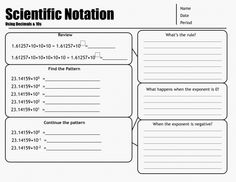

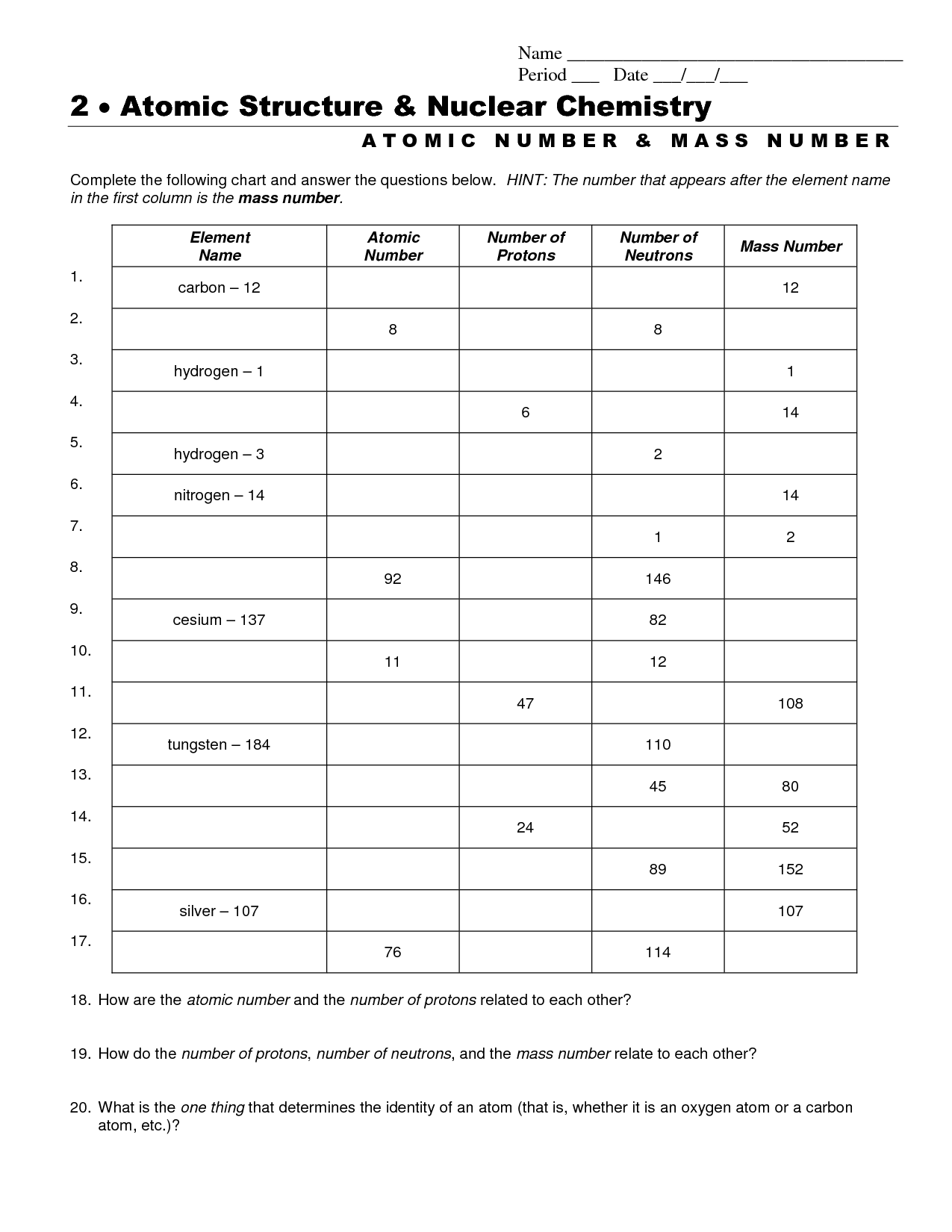
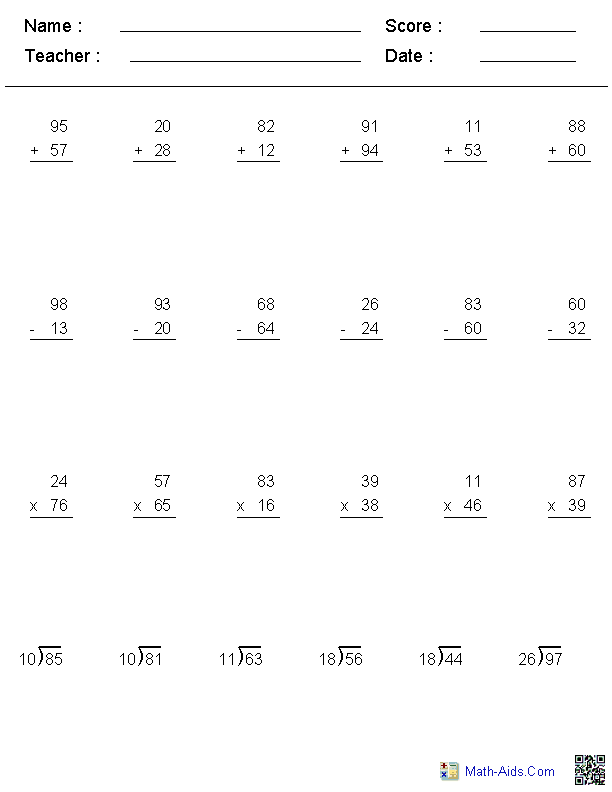
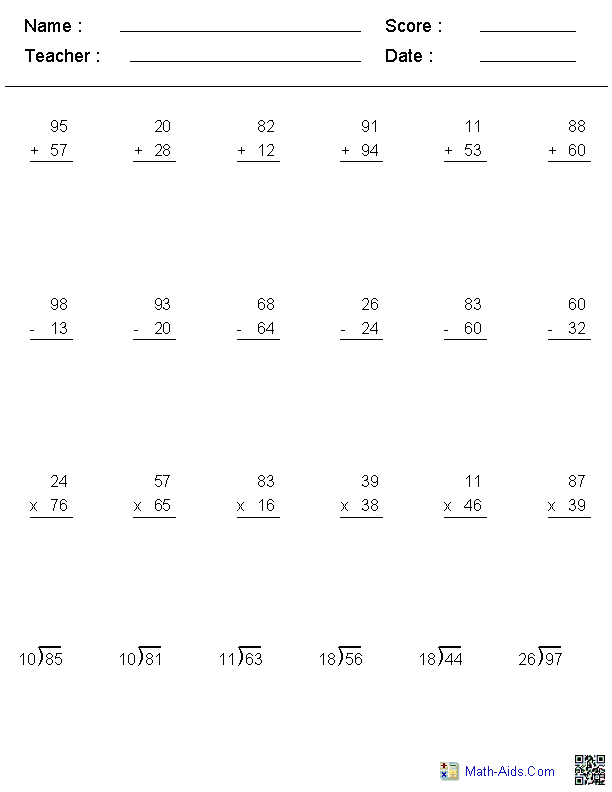
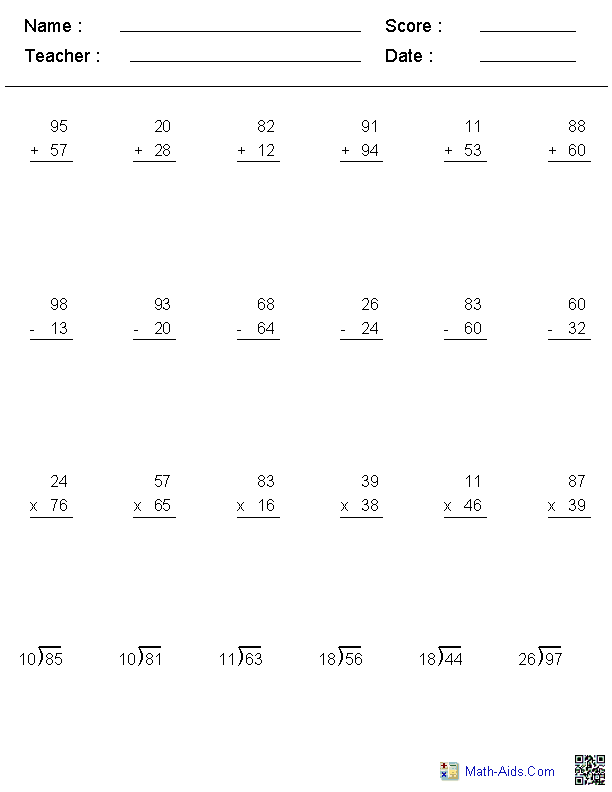
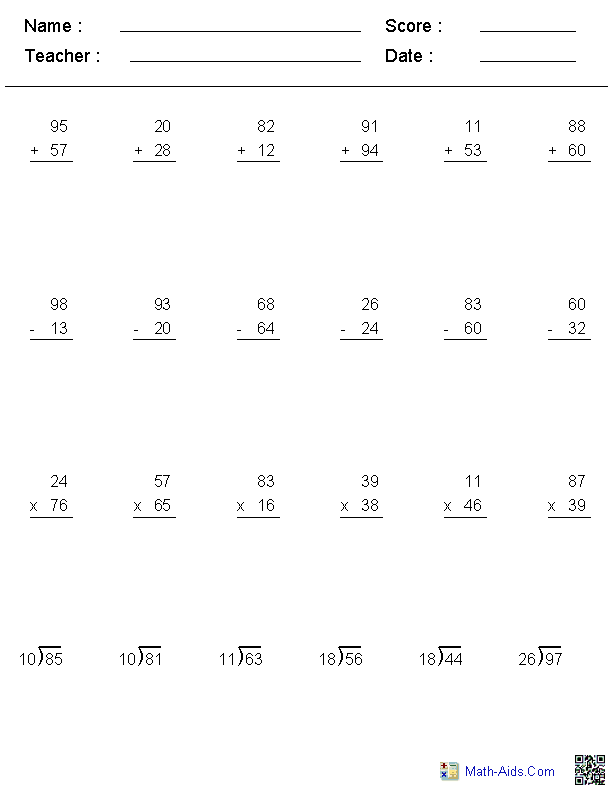
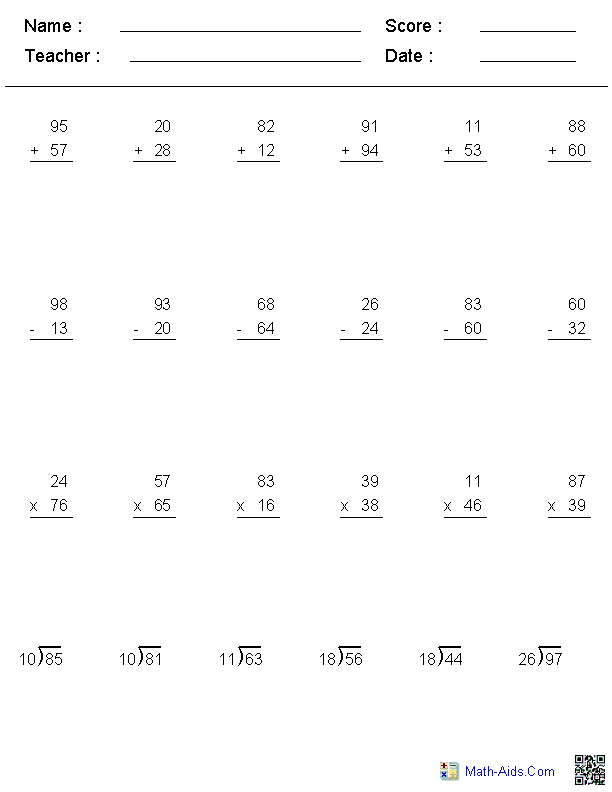
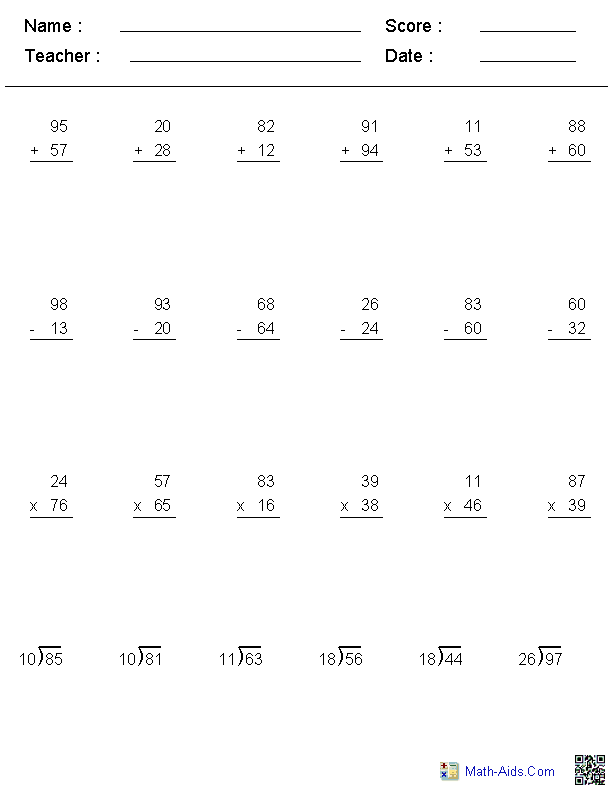

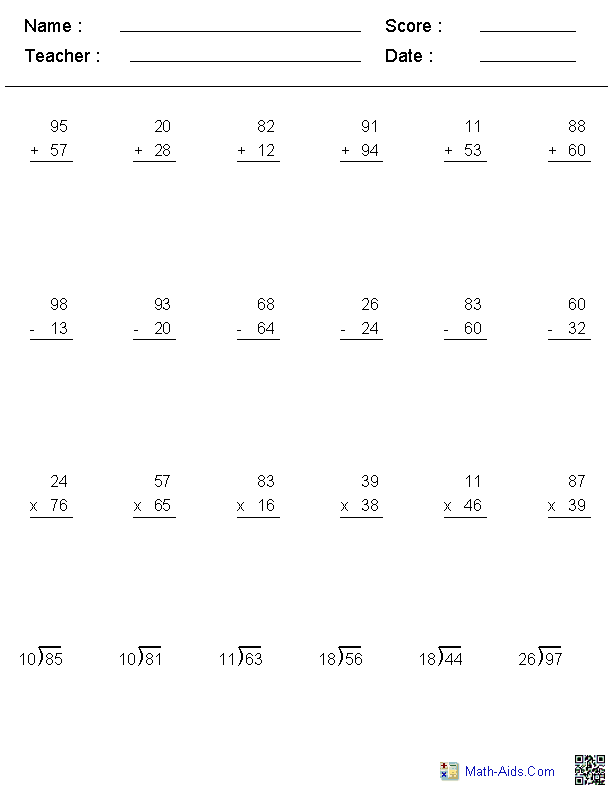
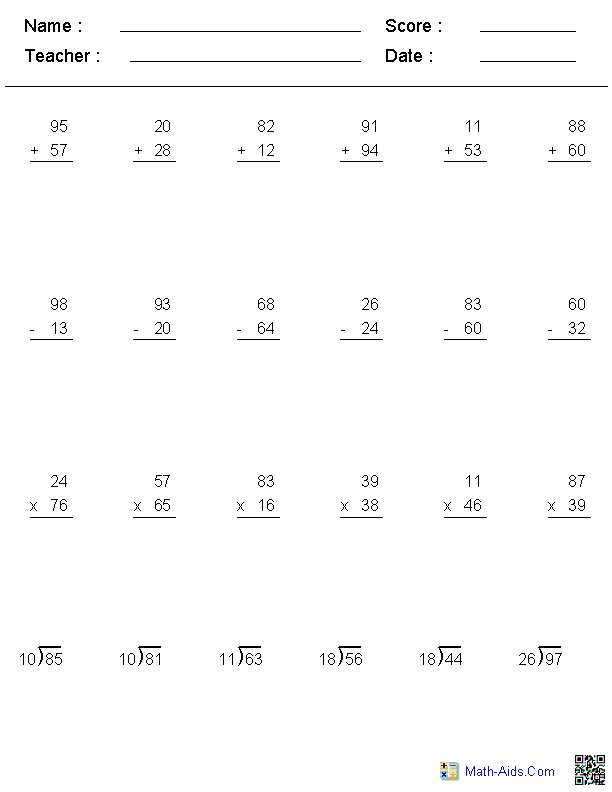
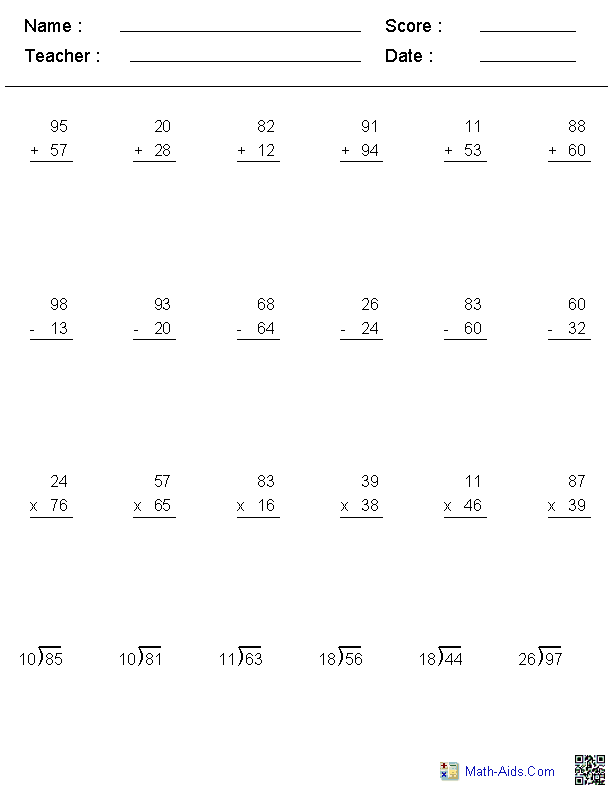
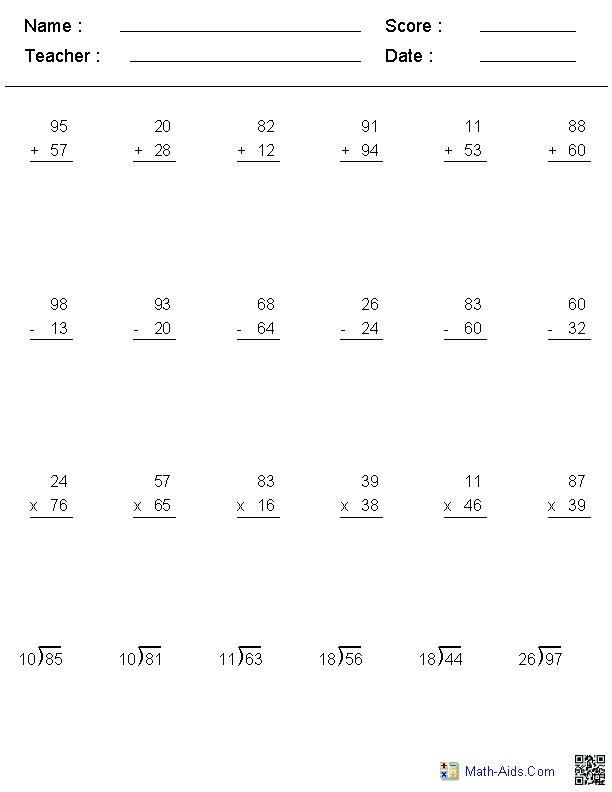

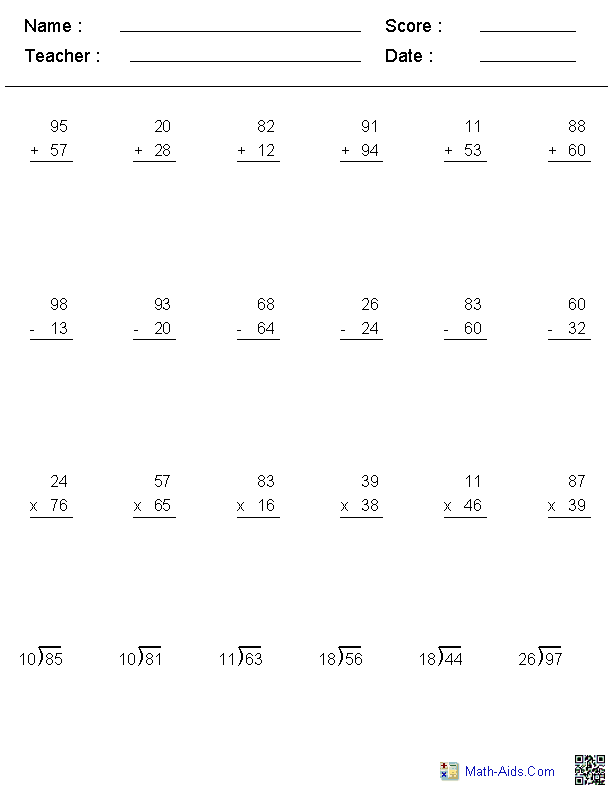














Comments